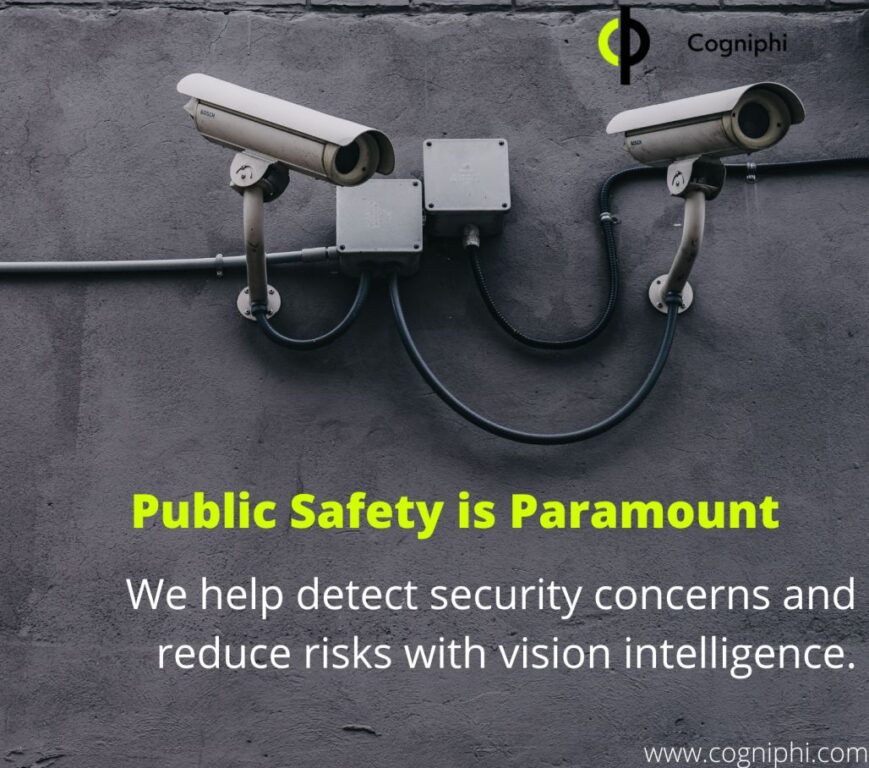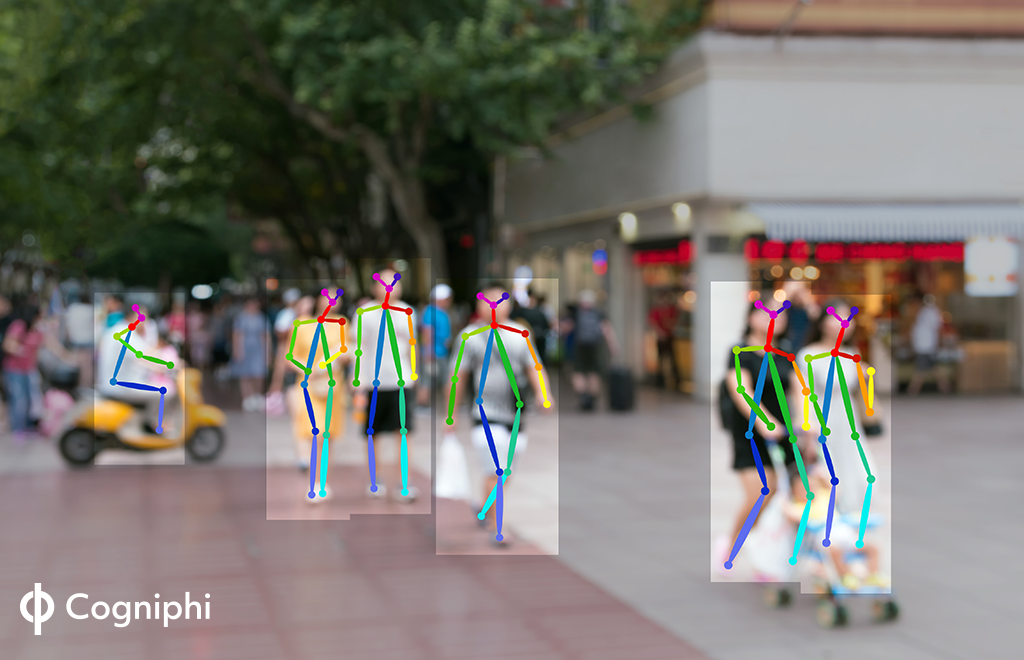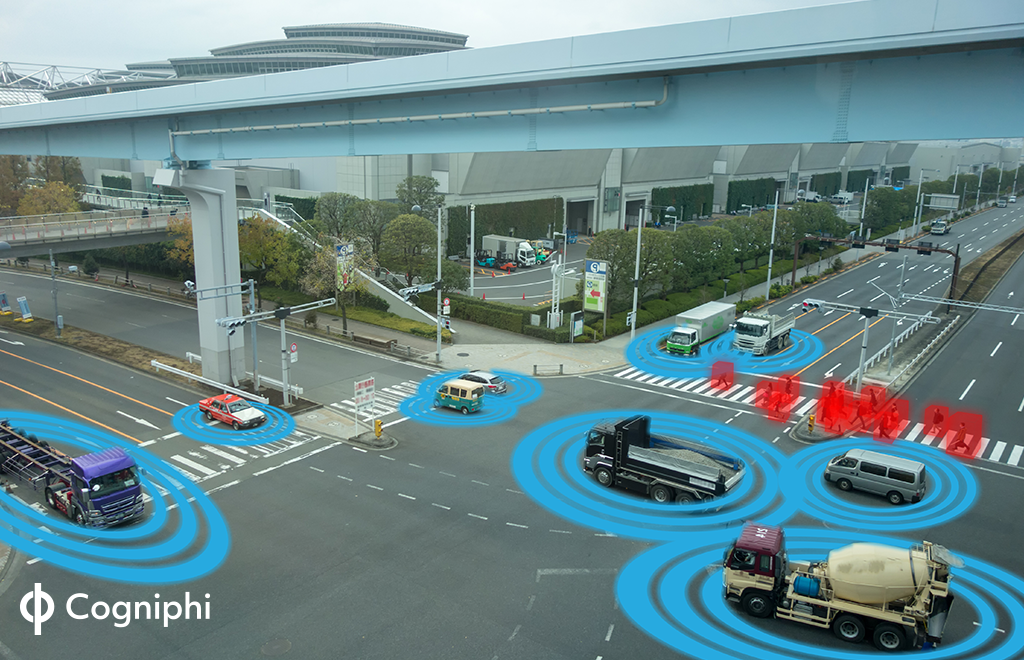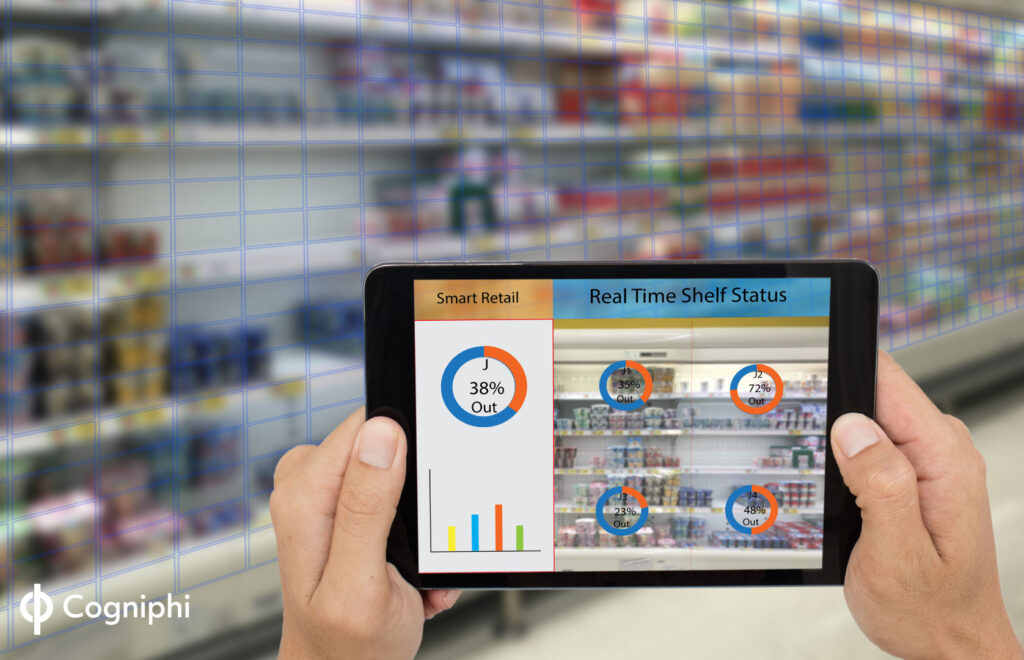Overcoming the Hype
Accessibility of useful data, heavier computing power and advanced algorithms have in recent years resulted in companies looking at AI to help drive efficiency, cut costs, increase revenues, automate routine tasks, improve employee experiences and understand their customers better. More and more use cases were also being conceptualized for strategy and innovation by a large number of corporates globally.
Major investments were made in the past across multiple industries to try and utilize data and AI strategically. However, several companies who initially scrambled to implement AI in their organizations did not eventually get to enjoy the benefits they had envisaged at the start. This lead to fears, somewhat justifiably, that AI is over-hyped. Of course it was over-hyped then.
AI-Ups and Downs
AI went though many ups and downs. It took several case studies and analysis of companies, people and systems deployed in AI projects to understand that the problem in most implementations was a basic lack of understanding of what AI is capable of, how to practically leverage data, and what the dangers are that need to be side-stepped to ensure real value for the business.
The fact that AI was hyped and why it was so has now created an appreciation of the need to implement it properly, but also a fresh awareness of its huge potential and how it can be a real value driver if done properly. Businesses today widely accept the fact that they must adopt AI strategies in order to compete. But they also need to beware of the pitfalls in going ahead without a clear cut plan or process.
How you Approach AI is the key
AI has proven its value across various sectors in multiple industries. While more and more use cases are being addressed by AI, an Accenture survey in 2021 revealed that most organizations are barely scratching the surface.
Even before the pandemic hit it was evident that many businesses were achieving significant RoI by rolling out AI beyond the pilot stage. During the last couple of years AI transformation became the very means of survival for many, whereas for others it became a catalyst for growth.
But what was the secret to these superior performances that have set new standards in AI implementation?
What set them apart is how these companies approached AI. They did not just adopt the Cloud and start using AI and data solutions. It is more about how they put a lot of thought into it, analysed the organization and the business environment and the pitfalls, and strategized before they actually tapped into any of the widely available AI technologies. The successful AI achievers were those that put people and systems first(digital transformation strategy), and technology later, and who looked at AI as a differentiator to stay ahead of the game.
The Strategy
First, do a holistic research and determine what AI can and cannot do for you. What exactly do you want to achieve? Is it to solve a problem, or to tap an opportunity, or get new insights, or is it for a total reinvention of your business? How and where to start, and what are the difficulties? Pick the brain of a data scientist if you can associate with one.
Draw up a list of potential use cases and a roadmap including a long term vision. Priority could be the low hanging fruits, the easy wins. Most importantly, understand what type of data is available and where, and what are the additional types of information that needs to be tracked to implement the chosen use cases.
The Team
You may not have all the required skills in-house to implement AI. Building a team or finding an AI partner with the desired capabilities is another important step. In fact, building the right team with the same mindset and personal skills to work with the rest of the organization can be the most critical factor in the long run. Businesses need to understand that this is not an isolated project but an integration of a new and soon-to-be-scaled AI platform into an existing IT eco-system.
The quick MVP and Roll-out
Develop the solution to your first business problem quickly, ideally within 2 to 3 months. This MVP (Minimum Viable Product) should have enough functionality, value and benefit for the user to sustain its usage and also a feedback loop to enable further development. Engage an expert who is savvy both technically and in the business sense. Sit with him and define the key performance parameters over the initial roadmap period. Review these regularly and modify them if necessary down the line.
After the MVP has demonstrated its value and been evaluated, prepare to rollout on a broader scale. Utilize your AI partner’s expertise and experience to keep in perspective both the technical and business factors during the implementation stage.
Addressing some typical problems
Organizations heading for AI implementations must give due consideration to these important issues they will face for sure.
Reluctance to change – This is an age-old management problem, but for AI implementation it refers to changing your decision making process into a data-driven one and not just based on instincts. To overcome this, some visible and measurable benefits have to be revealed early. That is where a quick MVP in a particularly relevant use case will help.
Lack of involvement – The users need to feel they are part of the solution and not being forced to adopt something that is being imposed on them. The environment has to be such that they are well taught and feel themselves to be joint architects of the project. Set realistic expectation levels and a roadmap for achieving results. Support of key management personnel and stakeholders are also critical for creating the right environment.
Quality and availability of data –No doubt that clean data is a key factor. So, centralized monitoring and control to obtain incoming data in a standardized format is absolutely necessary. There is also the challenge to locate and keep track of the right data and how and where it is stored. Do not go for complex machine learning models and stick to simpler solutions, if you do not have enough good data or sufficient labeled data that can be used to train the system.
Skillsets and Infra for implementing AI – It may be less challenging and cheaper to outsource than form a huge in-house team. In any case you need to do an evaluation study of what’s available internally and also define the costs going forward, keeping scalability also in mind.
About Cogniphi
Cogniphi is a technology company that enables customers to achieve transformational outcomes through cognitive digital solutions. Cogniphi’s Vision Intelligence platform AI Vision integrates Computer Vision, Machine Learning, and AI to extract precise and meaningful data from visual footage. These are further converted into actionable insights and notifications.
References
https://www.gartner.com/en/articles/cfos-here-are-4-actions-to-ensure-you-implement-ai-the-right-way










